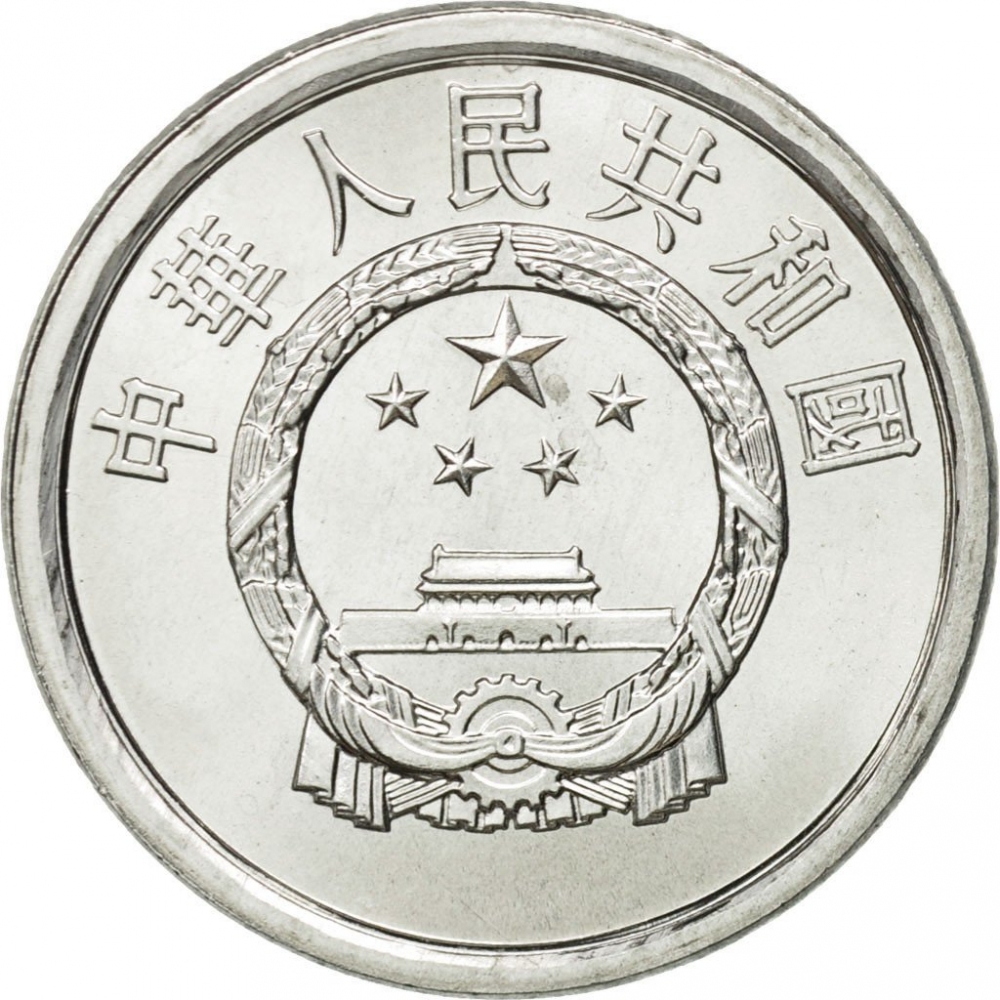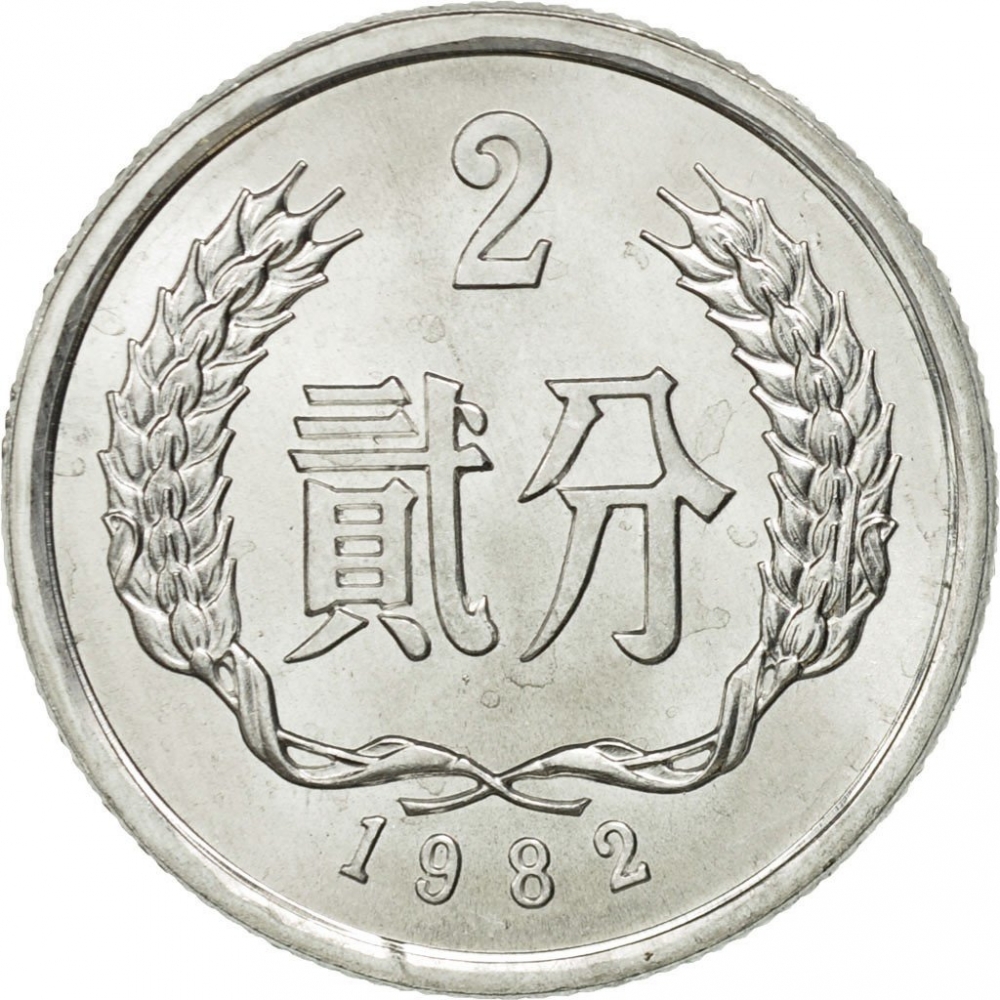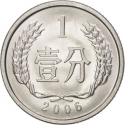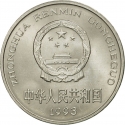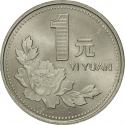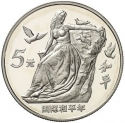You are about to finish your registration. Please check your mailbox (including spam folder). There should be a letter with a confirmation link. Check setting to make sure that your e-mail address is correct.
Send letter again
Obverse

|
Depicts the national emblem of the People's Republic of China, country's name above. 中華人民共和國 |
|---|---|
Reverse

|
Ears surrounding the facial value. Varieties in different size of date numerals exist. 2 |
| Edge |
